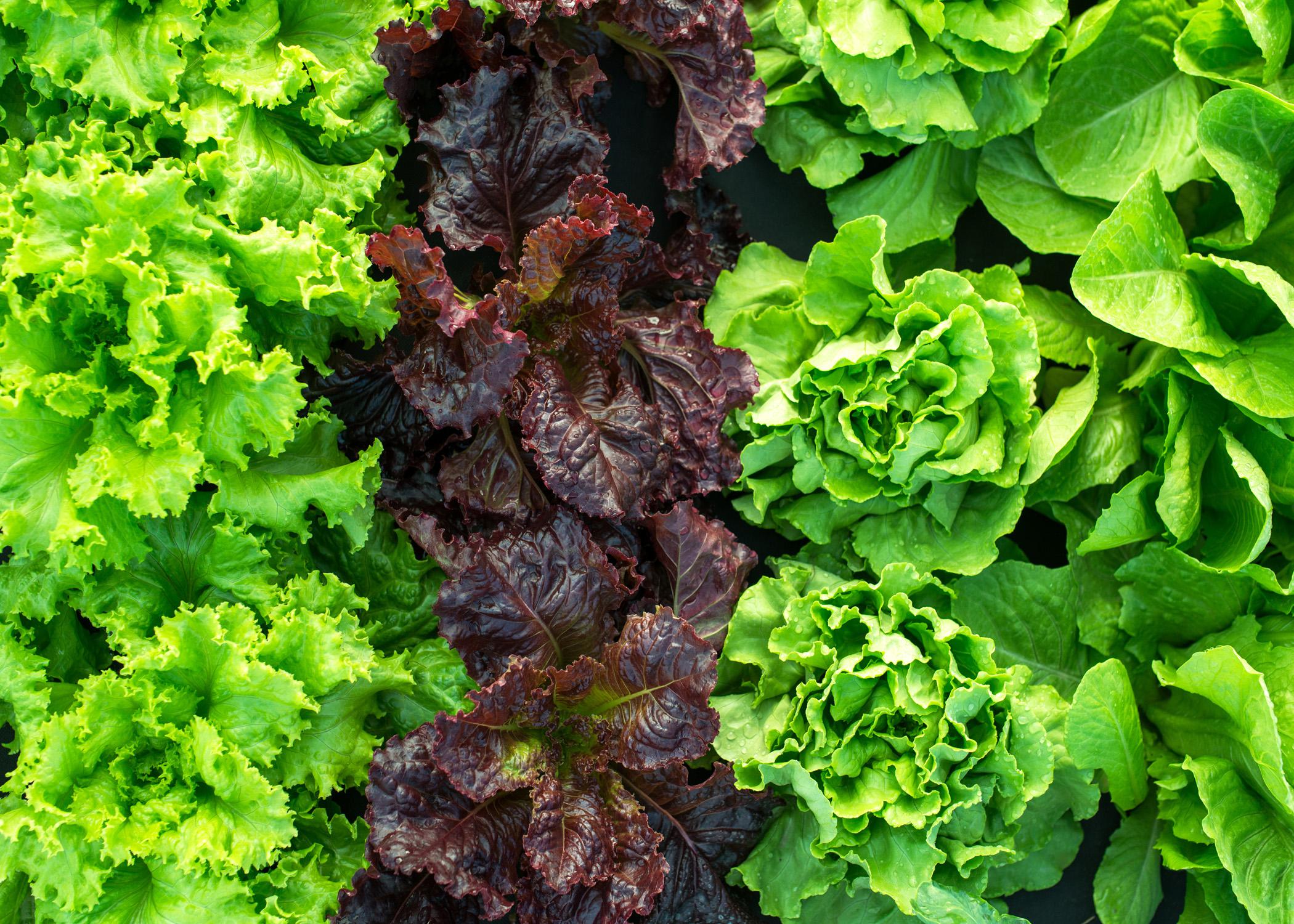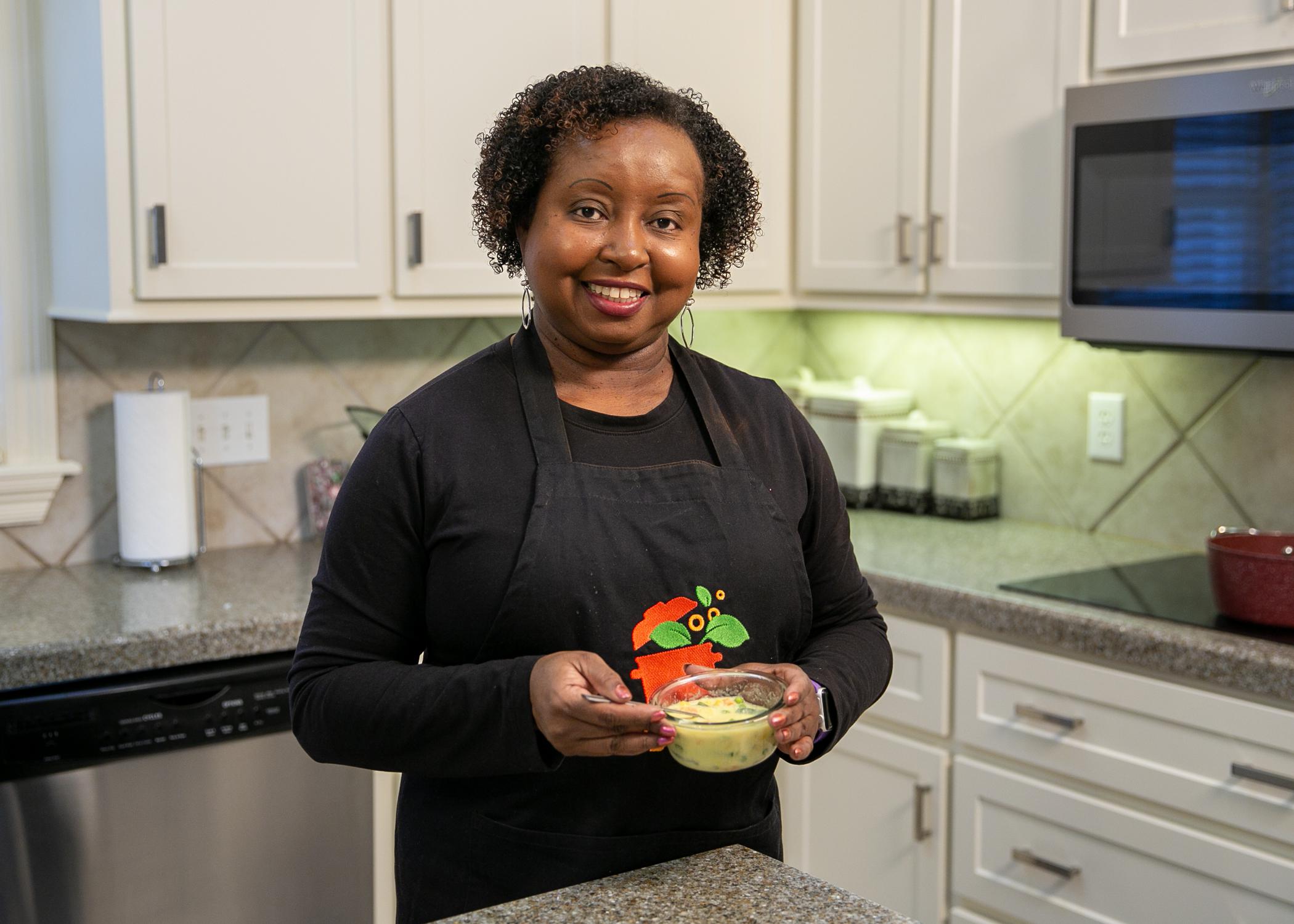Tips for Meal Prep Storage
Video by Michaela Parker
Meal planning and prepping is all the craze these days. It’s one of the easiest ways to be intentional about what you eat and helps you stick to a healthy diet. It’s also a great way for you to save time and money! Proper storage is an important step to successful meal planning. Properly storing your meals can help you preserve nutrients, flavor, and texture, and prevent food-borne illness caused by harmful bacteria. Here are some tips to keep in mind as prepare your meals!
1. Label containers. As soon as you have your containers prepared, grab a sticky note and a pen to label each container. Write down the date and contents so you can track the “use by” date. This will make being organized much easier!
2. Use the first-in, first-out system. The first-in, first-out system is a great way to help you stay organized! It’s easy to push older food to the back of the fridge. A few days down the road you forget it’s there, and you have to toss it in the trash. Get in the habit of putting the foods with the oldest date in front or on top of other containers so they will be the first ones you grab.
3. Eat meals within 3-4 days. The United States Department of Agriculture recommends storing leftovers in the fridge for 3-4 days or in the freezer for 4-6 months. Salads and seafood can keep in the refrigerator for 3 days, while cooked meats and vegetables are good for up to 4 days. No matter what anyone says, trying to prepare a week’s worth of meals is not food safe.
With a little effort and time invested in planning, you’re saving food and money by preparing meals in advance. If you’d like more information on how to properly store your foods, check out Oregon State University Extension’s publication, “Storing Food for Safety and Quality.”
Subscribe to Extension for Real Life
Fill in the information below to receive a weekly update of our blog posts.









